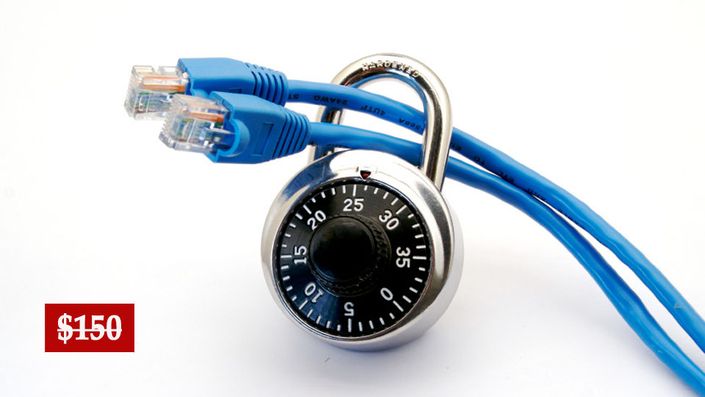
By the end of this course you will be fully aware of the wired and wireless computer networks basics, devices, and protocols in a step-by-step pace. You will also reach the professional level in networks security in terms of concepts, technologies, and tools. The course requires no background or pre-requisite, yet you will be able to understand all the up-to-date terminologies in the networks security during the lectures.
This course is organized as follows:
Section One: introduction to Computer Networks
Section Two: ISO/OSI Model (7 Layers)
Section Three: TCP/IP Protocol Suite
Section Four: Wireless Networks
Section Five: Computer Networks Security
Section Six: Firewalls and Honeypots
Section Seven: Intrusion Detection and Prevention systems (IDS/IPS)
Section Eight: Wireless Networks Security
Section Nine: Physical Security & Incident Handling
Section Ten: Computer Networks Security Conclusion

InfoSec4TC is a distinguished cybersecurity training and consulting company, specializing in delivering comprehensive educational programs to empower individuals and organizations in safeguarding their digital assets. Established by a proficient team of cybersecurity experts, InfoSec4TC is committed to offering affordable, accessible, and practical training in the fast-paced, ever-changing realm of cybersecurity. As authorized partners of CompTIA, Amazon AWS, Mile2, and Microsoft, InfoSec4TC is uniquely positioned to provide industry-leading training courses and certifications that align with the latest developments and best practices in the field.
